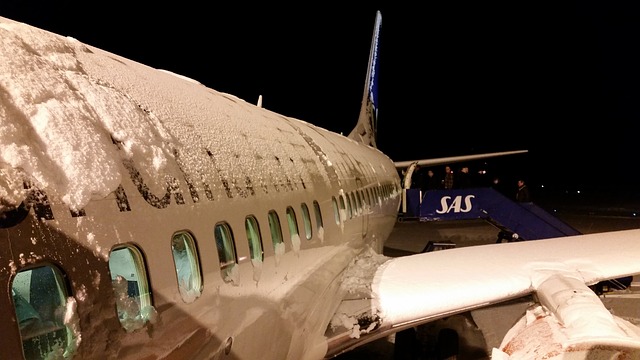Have you ever flown in the middle of winter? If you live in or have traveled to areas where snow and ice are the norm during the winter months, you’ve probably spent some time sitting in your seat on an airplane, waiting possibly hours for the plane to be de-iced and ready to take flight. It’s a pain for you, the traveler, and a major pain for the airlines, as it keeps planes on the ground longer and uses chemicals to defrost the plane.
Global Graphene Group is headquartered in Dayton, Ohio, the birthplace of aviation. The Wright Brothers built their first airplane and tested it in Dayton. We’re very proud of our aviation heritage. And graphene can have a positive impact on the aerospace industry and the environment. At G3, our team of experts have created thermal films with graphene that can sustainably de-ice airplane windows and wings. Currently, airlines use harsh chemicals and hardware that can go haywire to de-ice. It can take up to an hour and a half to de-ice a typical 747. More extensive snow and ice may involve a truck to spray the plane down with chemicals, which costs more and takes longer. But by adding a thin layer of our graphene-infused thermal film to an airplane’s windows and wings, planes can leverage graphene’s inherent electric conductivity to heat up the windows and wings of the plane. Airplanes will be able to take off in no time, and passengers will be getting where they need to go sooner.
Our thermal film, when added to airplanes, removes the need for chemicals to be used to de-ice the plane. The film keeps those chemicals from running off into our water streams, negatively impacting the environment. Our thermal film also lowers the cost of maintenance on planes by eliminating the hardware needed to manage the chemicals they currently use to de-ice. Airlines are able to de-ice their planes quickly, dramatically decreasing the downtime they currently use.
Give us a call at 937-331-9884 or email ([email protected]) and let’s talk about how graphene can help the aerospace industry be more of a steward to the environment.

